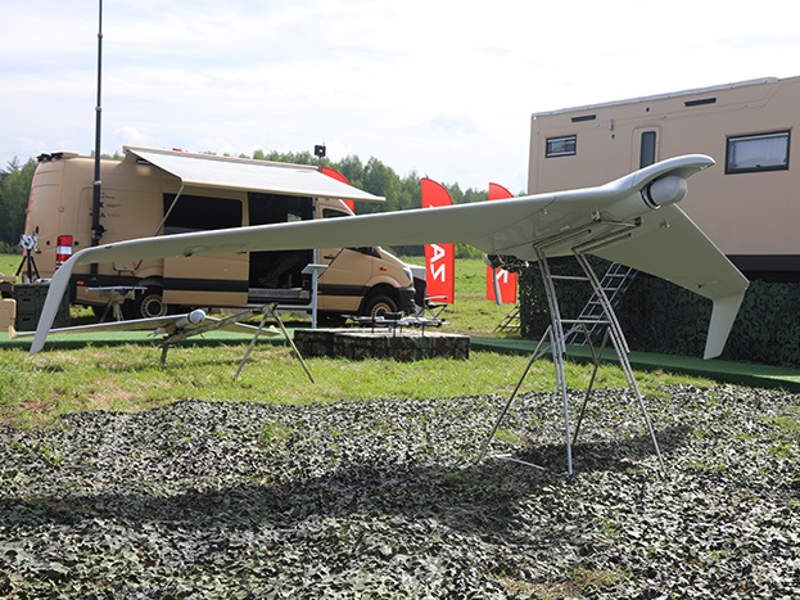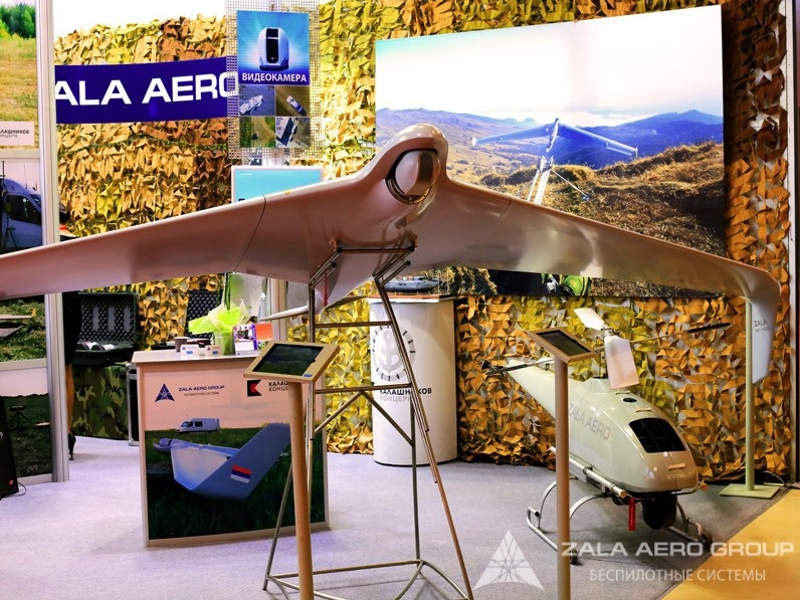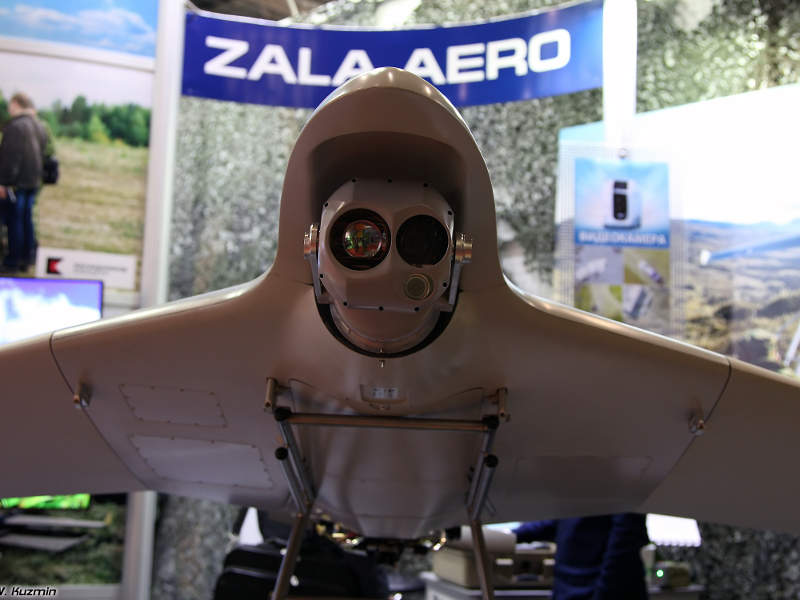
ZALA 421-16Е5 tactical unmanned airborne surveillance and reconnaissance aerial vehicle (UAV) is an advanced drone in the ZALA family of UAVs. Unveiled in August 2015, the UAV was developed by Russian company ZALA AERO Group for use by the armed forces.
The UAV is designed to perform a number of missions, including aerial reconnaissance, intelligence, surveillance, border security, patrolling, communication, and monitoring.
Factory flight tests of the first production airframe were started in June 2017, with completion scheduled for the end of 2017.
An internal combustion engine-powered variant of ZALA 421-16Е5 was recently demonstrated during the Army-2017 International Military-Technical Forum held in Moscow, Russia, in August 2017.
ZALA 421-16Е5 UAV design and features
The ZALA 421-16Е5 tactical unmanned aerial vehicle incorporates fully redundant flight control systems to ensure safe flight and recovery. The modular design of the fuselage allows for the installation of a variety of surveillance and reconnaissance payloads.
The drone’s maximum take-off weight is 29.5kg, while its maximum payload carrying capacity is 5kg.
The UAV boasts large wings extended rearwards with a wing span of 5m. Its wings are outfitted with downward pointing winglets to provide efficient aerodynamic performance.
The UAV is launched using an electronically controlled mobile pneumatic launcher from unprepared runways. Upon launch, the air vehicle can be operated autonomously using the onboard autopilot.
An air-cushion undercarriage allows for safe landing of the drone.
Payloads carried on ZALA 421-16E5 aerial vehicle
The ZALA 421-16E5 UAV is offered with a wide range of thermal imager and video camera options such as Z-16EIK18/60, Z-16VKHD HD-camcorder, Z-16IK35/VKL, ZALA AGRO, Z-16EIK60, Z-16F2/VK, Z-16F3/VK, Z-16IK35/VKL, and Z-16O/VK.
A nose-mounted, gyro-stabilised payload pod carries a combined thermal imager / camcorder and a video camera to obtain high-definition imagery and video in real-time, during both the day and night.
The UAV can be optionally fitted with a laser rangefinder or laser target designator to designate and determine co-ordinates of the objects. It can also be provided with electronic warfare capabilities.
The air vehicle uses a bi-directional A3-COM data link to transmit images and video acquired by the onboard payloads to the ground control station. The information is then stored and processed by the personnel at the ground segment.
Propulsion details
The ZALA 421-16Е5 unmanned aerial vehicle can be powered either by an electric propulsion system or an internal combustion engine.
The engine is fitted with a two-bladed propeller, which is mounted at the rear end of the fuselage in pusher configuration.
ZALA 421-16Е5 UAV performance
The unmanned aircraft has a flight speed ranging between 65km/h and 110km/h. The flight range of the drone is 150km, while its maximum flight altitude is 3.6km.
The electrically driven variant offers a flight time between six and seven hours, which can be increased up to 20 hours using the internal combustion engine.
The UAV is capable of operating in temperatures ranging between -30°C and 40°C and can withstand wind speeds of 15m/s.
The Global Unmanned Aerial Vehicles (UAV) Market 2011-2021
This project forms part of our recent analysis and forecasts of the global unmanned aerial vehicles (UAV) market available from our business information platform Strategic Defence Intelligence. For more information click here or contact us: EMEA: +44 20 7936 6783; Americas: +1 415 439 4914; Asia Pacific: +61 2 9947 9709 or via email.






